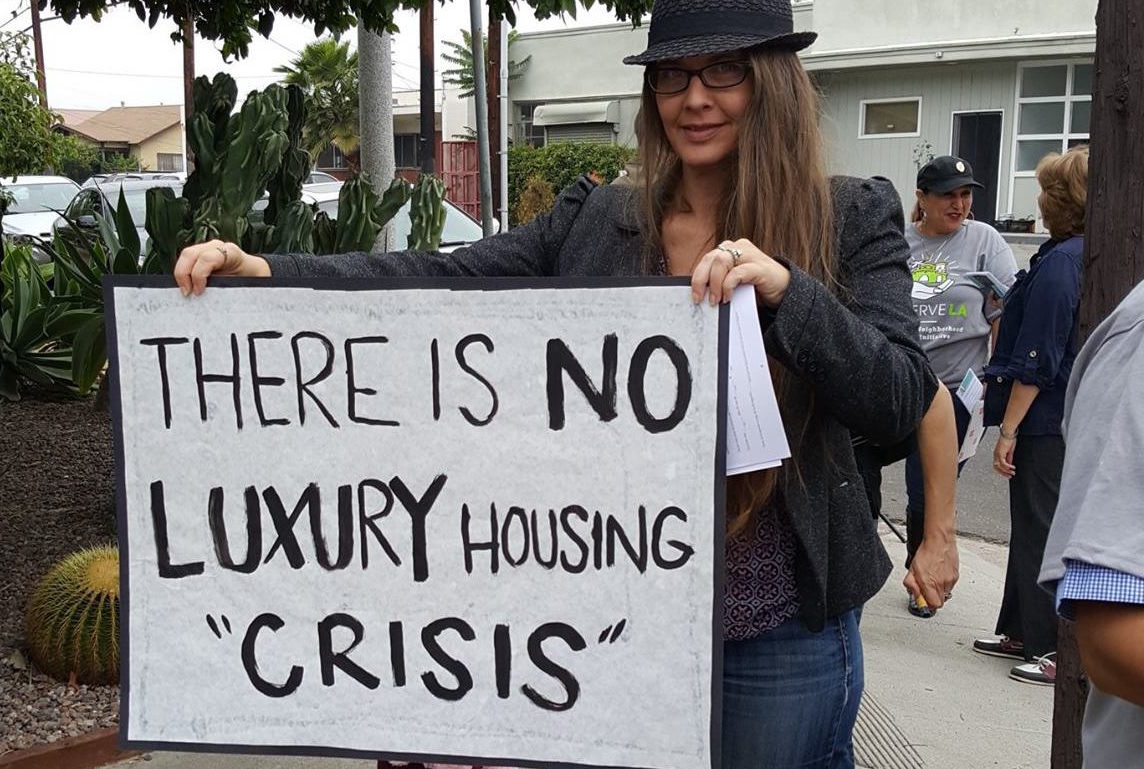June 10, 2021 / SB 10 is designated by Livable California as one of the 7 Bad Bills of 2021. Here’s what it does:
In 2011, the state defunded affordable housing during a fiscal crisis, and never put back the $1.5 billion funding that flowed each year to cities (now worth $1.78B per year). In 2016, state Sen. Scott Wiener launched a disastrous push for housing laws that reward and incentivize market-rate, not affordable, housing — fueling California’s growing shortage of low-income housing.
SB 10 ramps up state Sen. Scott Wiener’s 4-year war against cities who are desperate to receive low-income housing help from revenue-rich State of California. Wiener insists that SB 10 helps cities, by letting city councils kill public hearings, toss out CEQA (California Environmental Quality Act) and give developers “by right” power to build 14-unit (not 10 as claimed), unaffordable, market-rate housing near transit or on any land not surrounded by agriculture or industry.
We don’t see this bill’s vast expansion of luxury housing favors from the state as “help” for the cities.
Equally disturbing, SB 10 also lets any city council undo voter-approved protection of open space, urban boundaries and other land protections that restrict housing. This is a direct attack on Californians’ 110-year-old constitutional right to the initiative, which no politician can undo. We have identified more than 20 voter-approved land protections that could be overturned by city councils if SB 10 becomes law.
SB 10 was approved in the Senate in May, but not before Senate Majority Leader Bob Hertzberg’s withering criticism of this bad bill as a “gun” and not a “tool.” SB 10 is now in the Assembly and will be debated in committees in June/July. Call and meet with your Assembly member NOW and urge them to kill SB 10:
- SB 10 allows city councils to rezone neighborhoods to allow 10-unit apartment buildings plus 2 ADUs and 2 JADUs, also known as “granny flats.” This creates 14 units, NOT 10, in each project, all at market-rate. Not one affordable unit is created by SB 10, a consistent Wiener approach.
- SB 10 targets most of California: 1) Any “parcel” in “transit rich” areas within 1/2 mile of a rail or rapid transit station, or a busy four-way bus intersection offering service every 15 minutes during rush hours. 2) Any developed or empty land that isn’t surrounded by agricultural or industrial land, in any city, suburb, exurb or an “urban cluster” in the countryside. SB 10 defines vast lands, whether covered with buildings or empty, as “urban infill” — tortured language that should not be made into law.
- Clearly, SB 10 is a dog whistle to luxury developers and investors to finance city council races, to elect city councils willing to rezone neighborhoods to create SB 10 housing, and also willing to undo voters’ 108-year-old right to the initiative. As such, SB 10 is an unprecedented windfall in California for developers and investors.
- ADUs won’t be counted as housing in SB 10-designated areas, even though the 4 ADUs (accessory dwelling units) allowed clearly are housing units. Why won’t ADUs and “junior” ADUs be “counted” as housing? Because cites can’t kill public hearings and ignore CEQA in projects containing more than 10 housing units. So let’s not count the 4 ADUs (also called granny flats) as housing. This is a bad way to legislate.
- Lets cities upzone in Very High Fire Severity Zones (VHFSZs) to allow 14-unit projects. The bill uses dense, confusing language to avoid plainly stating that modern-day apartments already follow advanced fire safety standards. Because SB 10 doesn’t exclude 14-unit buildings in VHFSZs, they are allowed.

